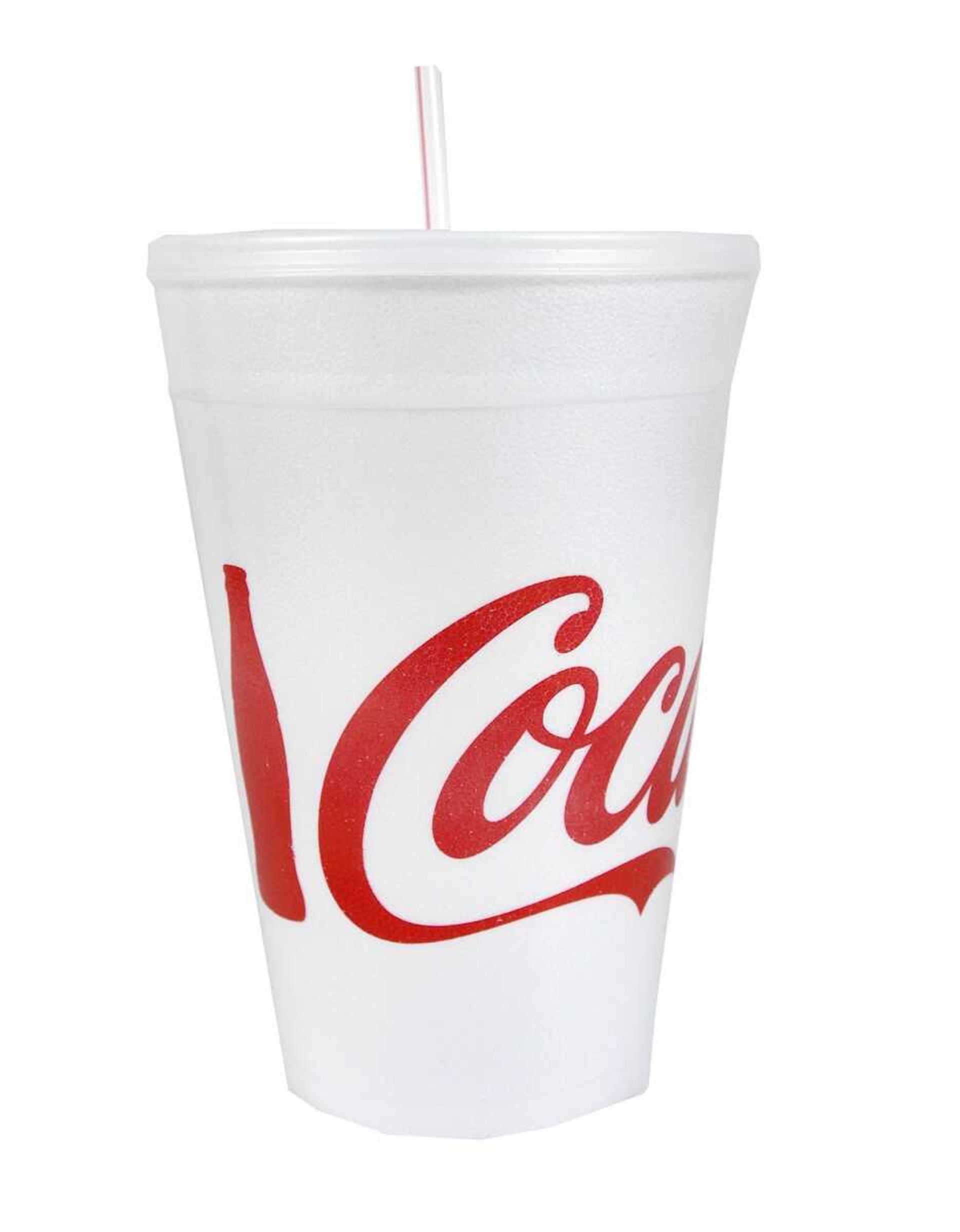Weighing cancer risks, from cellphones to coffee
You're sitting in a freshly drywalled house, drinking coffee from a Styrofoam cup and talking on a cellphone. Which of these is most likely to be a cancer risk? It might be the sitting, especially if you do that a lot. Despite all the recent news about possible cancer risks from cellphones, coffee, styrene and formaldehyde in building materials, most of us probably face little if any danger from these things with ordinary use, health experts say. ...
You're sitting in a freshly drywalled house, drinking coffee from a Styrofoam cup and talking on a cellphone. Which of these is most likely to be a cancer risk?
It might be the sitting, especially if you do that a lot.
Despite all the recent news about possible cancer risks from cellphones, coffee, styrene and formaldehyde in building materials, most of us probably face little if any danger from these things with ordinary use, health experts say. Inactivity and obesity may pose a greater cancer risk than chemicals for some people.
"We are being bombarded" with messages about the dangers posed by common things in our lives, yet most exposures "are not at a level that are going to cause cancer," said Dr. Len Lichtenfeld, the American Cancer Society's deputy chief medical officer.
Linda Birnbaum agrees. She is a toxicologist who heads the government agency that just declared styrene, an ingredient in fiberglass boats and Styrofoam, a likely cancer risk.

"Let me put your mind at ease right away about Styrofoam," she said. Levels of styrene that leach from food containers "are hundreds if not thousands of times lower than have occurred in the occupational setting," where the chemical in vapor form poses a possible risk to workers. "In finished products, certainly styrene is not an issue," and exposure to it from riding in a boat "is infinitesimal," she said.
Carcinogens are things that can cause cancer, but that label doesn't mean that they will or that they pose a risk to anyone exposed to them in any amount at any time.
They have been in the news because two groups that periodically convene scientists to decide whether something is a carcinogen issued new reports.
Last month, the International Agency for Research on Cancer, part of the World Health Organization, said there is a possibility cellphones raise the risk of brain tumors.
"The operative word is 'possibility,"' said Lichtenfeld, who among others has pointed out the thin evidence for this and the fact that cancer rates have not risen since cellphones came out.

Last week, the National Toxicology Program, part of the National Institute of Environmental Health Sciences -- both of which Birnbaum heads -- issued its report.
It adds to the list of known carcinogens formaldehyde, which is in building materials and some hair-straightening products, though Birnbaum said on-the-job exposure is the main concern. The list also adds a plant substance in some "natural" arthritis remedies, aristolochic acid. Six other things were dubbed "reasonably anticipated" to be carcinogens, including styrene and another herbal medicine ingredient, riddelliine.
Since 1971, the international cancer agency has evaluated more than 900 substances. Just over 100 have been deemed carcinogens, 59 are called probable carcinogens and 266 others are possible ones.
In this last category of possibles -- besides the electromagnetic energy from cellphones -- are coffee, engine exhaust and talc-based body powder. Talc in its natural form may contain asbestos, though products sold for home use since the 1970s have been asbestos-free. Again, most risk is thought to involve occupational or unusual exposure to natural talc.
The evidence on coffee has gone back and forth for years, with no clear sign of danger and some suggestions of benefit.
However, known carcinogens include alcoholic beverages, estrogen treatments for menopause symptoms, birth control pills, certain viruses and parasites, and even some drugs used to treat cancer, such as cyclophosphamide and tamoxifen.
"Most people would probably be shocked to see the number of things they interact with every day" on these lists, Lichtenfeld said.
Here's the problem: The agencies that pass judgment on a carcinogen don't regulate it or determine what levels or routes of exposure are a concern and for whom.
"People immediately assume it's going to cause cancer at any exposure level, and that's simply not true," said A. Wallace Hayes, editor of the scientific journal Food and Chemical Toxicology, and an industry consultant.
The rule is "RITE" -- Risk Is equal to Toxicity times Exposure -- and "they've left out half of the equation" by not saying how much exposure is a concern, Hayes said.
"The organizations that list these substances as possibly carcinogenic have to be conservative. That means if there's any reasonable evidence, way before it's a sure thing, they have to say, 'Let's be cautious.' That's their job -- to raise the flag," said David Ropeik, a consultant and author of "How Risky Is It Really? Why Our Fears Don't Always Match the Facts."
It's human nature to fear risks we didn't choose, such as hazardous chemicals, more than those we did, such as lack of exercise, poor diets or smoking, he said.
"A risk that is imposed on us scares us more than a risk we take voluntarily," especially if it comes from companies we don't trust, Ropeik said.
Styrene is an example: The government says it is a component of tobacco smoke and that is the biggest way most people are exposed to it. Smoking, of course, is the most easily preventable cancer risk.
To minimize risk, people can take reasonable measures to avoid exposure to possibly harmful things, experts say.
"If you walk into a room and you can smell formaldehyde, you probably want to vent the room before you spend a lot of time in it. That's just common sense," Birnbaum said.
If you're concerned about pesticides, you can peel fruit and vegetables or choose organics, though there is some evidence that organic products may be less safe in terms of germs like E. coli and salmonella.
People worried about cellphones can hold them farther from the head, text-message instead of talk or use a headset or earpiece as Lichtenfeld does. He was returning from a major cancer conference in Chicago last week when a fellow traveler pointed at Lichtenfeld's Bluetooth earpiece and said, "Do you know that thing can cause cancer?"
"I said, `Yes, ma'am, I'm very familiar with the data and I choose to use Bluetooth,"' said Lichtenstein, who didn't tell her he was one of the biggest cancer experts she'd ever meet.
"You can't live life in fear," he said. "You have to live life."
Connect with the Southeast Missourian Newsroom:
For corrections to this story or other insights for the editor, click here. To submit a letter to the editor, click here. To learn about the Southeast Missourian’s AI Policy, click here.










